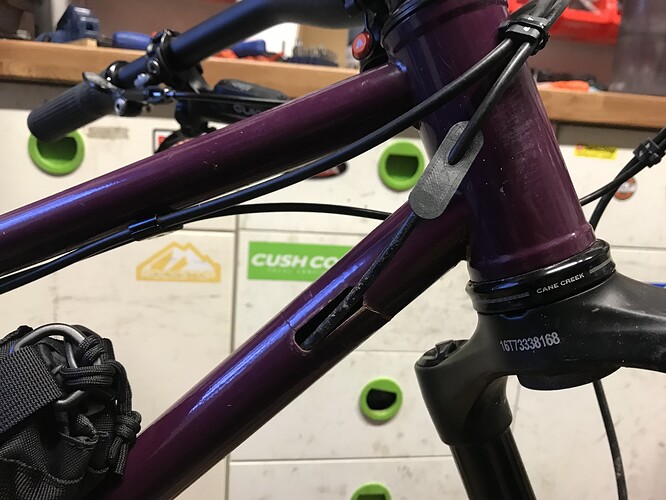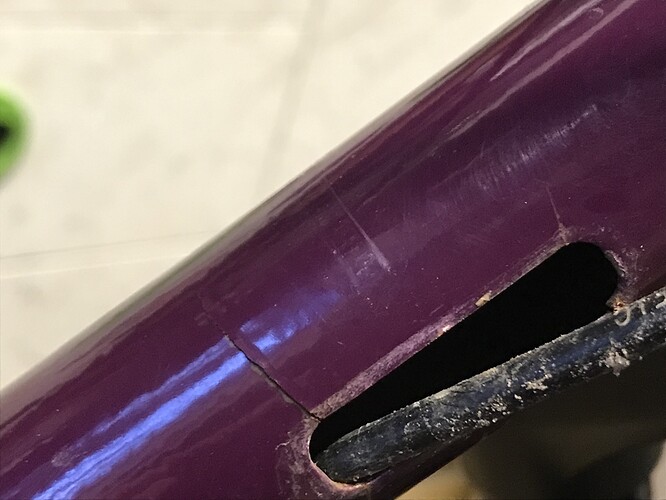Good on you for getting on with this, doing repairs is always super educational.
I have a couple of thoughts to offer; please know I mean them in support, we don’t know exactly how you went about this, but some of it feels familliar. ive had a look at your build threads to try and gauge what advice might be good at this point; I hope something here helps 
if you’re using ER70s-2 filler, moving to ER70s-6 might be worth investigating; both in general, and for difficult or potentially dirty work. My very basic understanding is that ER70s-6 was developed for blocked surface welding (where it’s impractical to shield the back) and thus deals with drawing contamination “through from the back” better.
Anecdotally some people do weld 4130 with a stainless filler (I’ve seen unsuscessfull but heard of successful use of 312, and i’ve heard of people using a filler called weldmold 308 also ), but I’ve got no reason to suggest you do so, though others here may.
I would guess, that the best help I can offer in this case would be to suggest you focus on a more thorough series of techniques to clean/grind/remove bad material and contaminants to set yourself up for success.
Getting things seriously properly clean takes an approach that was far, FAR beyond what was intuitive to me when I started trying to fix broken steel things (as someone who’d been making things my entire life) . It took me years of full time fabrication in a conducive learning environment to actually get a handle on what a comprehensive approach to repair work like this looks like, and looking at what I do now, from the perspective of my former self, would seem bizarre and anal retentive at best; but learning to take the time and materials to really get the pre-weld situation as favourable as i possibly can, is the thing that has made the difference between struggling towards the outcomes I want, and reliable best possible results.
things like;
more use of fresher, cleaner, higher quality abrasives.
more custom or one off tools for getting those abrasives to be where I need them (like down the bottom of a seat tube)
more patience to actually use that tool to do its job thoroughly; going slow and taking a long time is a great way to arrive somewhere precisely. even if it means replacing the piece of emery cloth on the end of that stick 15 times and looking down the seat tube with a torch every 30 seconds for half an hour…
more experience from grinding out contaminated welds giving me the confidence to remove a bit of base metal where I need to, knowing I can replace it. and tools to do this where I need to and not elsewhere…
things like switching to fresh abrasives from a dust-proof container for a final cleaning pass on an already isopropyl-cleaned part, if I know its going to be a bit of a difficult one; really doing everything one can.
without going on; the things you can invest in almost any welding situation that will pay off with a better weld, basically all happen before you turn the gas on; fitup, setup, setup, cleanliness, practice.
keen to hear what you think of the bigger tubes on the same geometry; im a BIG proponent this kind of behaviour…



